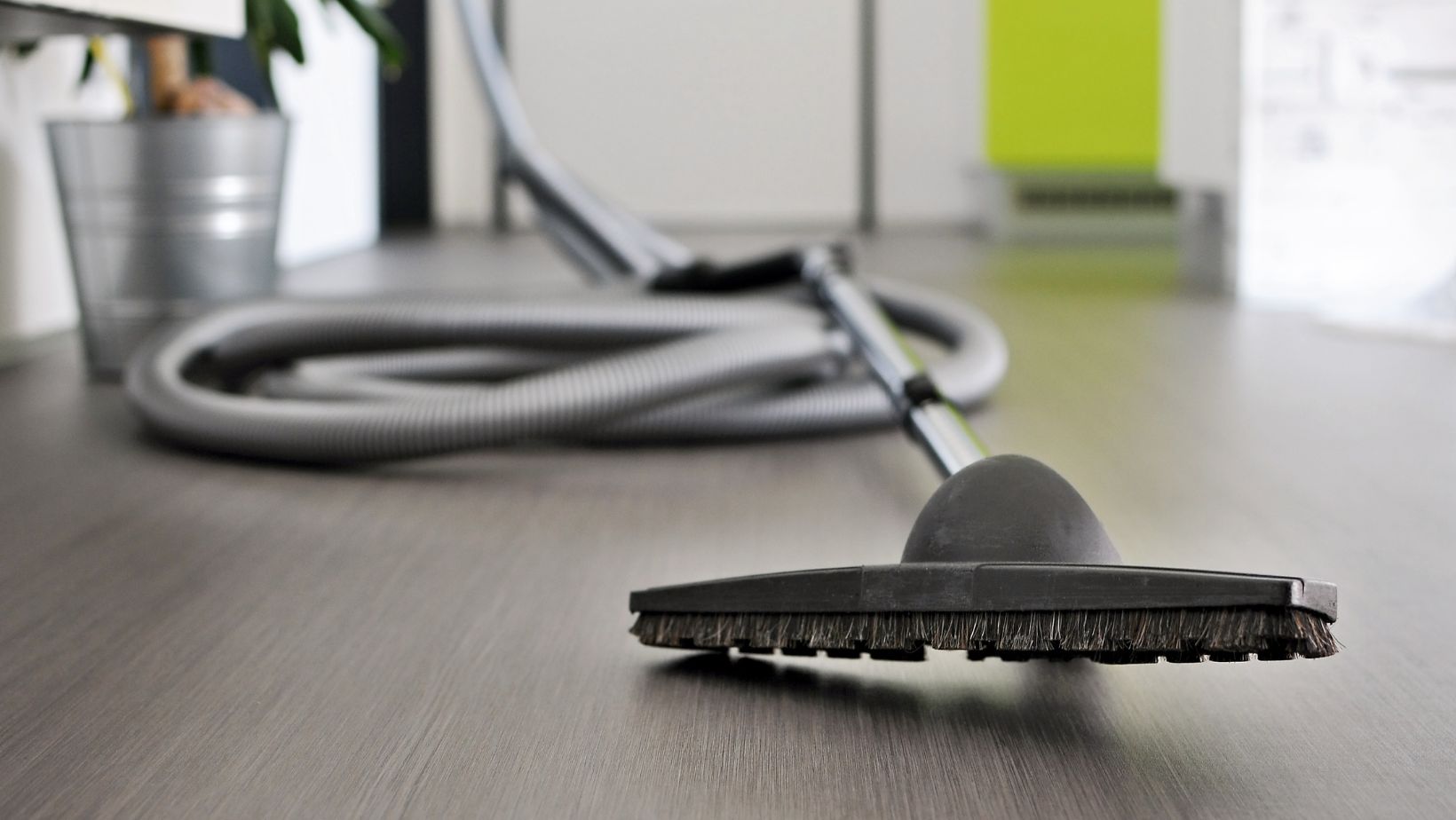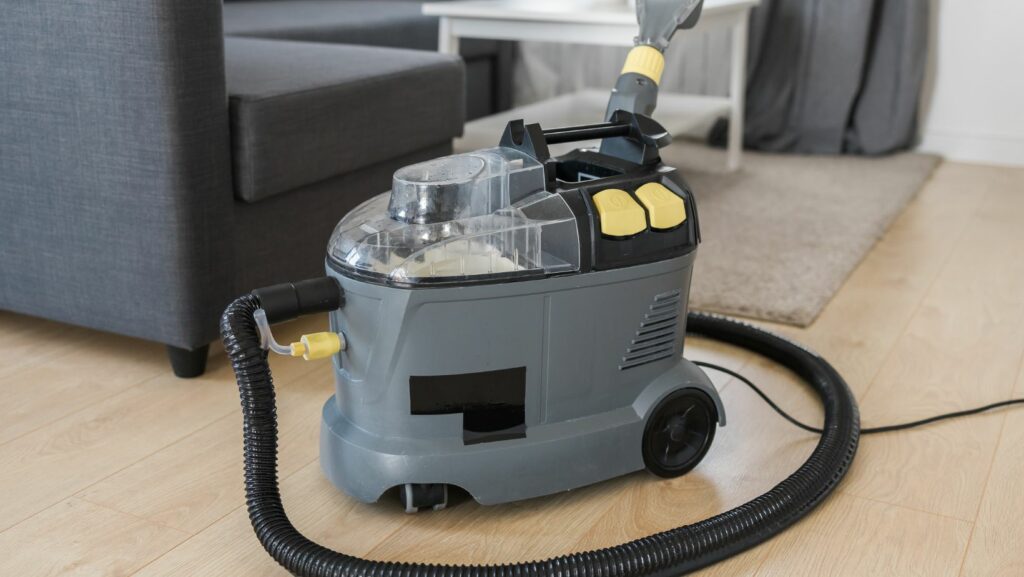Replacing a clogged or damaged hose on your Shark vacuum can be an easy fix to restore its suction power and efficiency. Whether you’ve noticed a decrease in performance or encountered a complete blockage, addressing the issue with a new hose can make all the difference. In this article, I’ll guide you through the process of shark vacuum hose replacement, providing step-by-step instructions to help you get your vacuum back up and running in no time.
Table of Contents
ToggleShark Vacuum Hose Replacement
- Remove the Hose: Start by unplugging your Shark vacuum and disconnecting the hose from both ends – the wand and the main unit. This will allow you to have a clear view of the entire length of the hose.
- Check for Clogs: With the hose removed, visually inspect it for any visible debris, such as dirt, hair, or small objects that may be obstructing airflow. Gently shake or tap the hose to dislodge any loose particles that could be causing a blockage.
- Examine for Damage: After ensuring there are no visible clogs, carefully examine the entire length of the hose for signs of damage. Look out for cracks, punctures, or areas where the hose may have become detached from its connectors.
- Flexibility Test: To further assess if there are any hidden obstructions in your vacuum hose, hold one end securely while flexing and bending it along its length. If you notice any stiffness or resistance during this test, it could indicate an internal blockage that needs to be addressed.
- Clean or Replace: If you’ve identified a clog in your vacuum hose, use a long object like a broom handle or straightened wire hanger to gently remove it. For stubborn clogs that won’t budge with manual manipulation alone, try using compressed air or running water through it (if safe to do so).
- Ensure that you follow manufacturer guidelines when using water near electrical components.
- If the hose is damaged beyond repair, you may need to replace it. Contact Shark customer support or consult your user manual for assistance in finding the correct replacement hose.

Fixing Minor Damage on the Shark Vacuum Hose
- Inspect the hose: Begin by examining the entire length of the hose for any signs of damage such as cracks, holes, or tears. Pay close attention to areas near connectors or bends where damage is more likely to occur.
- Identify the extent of damage: Once you’ve located the damaged area, determine if it’s a minor issue that can be repaired or if it requires a full replacement. Small punctures or tears can often be fixed with some simple DIY solutions.
- Patch up small holes: If you have identified a small hole or tear in the hose, there are a few options for patching it up. One method is to use electrical tape or duct tape to cover and seal the damaged area securely. Another option is using an adhesive specifically designed for repairing hoses, which can provide a more long-lasting solution.
- Trim away excess material: After applying a patch, make sure to trim away any excess tape or adhesive around the edges to ensure a smooth and secure fit.
- Test for leaks: Once you’ve made the necessary repairs, it’s important to test the hose for leaks before using your vacuum again. Attach it back onto your Shark vacuum and turn it on while carefully inspecting for any air leakage along patched areas.
- Consider professional assistance: In some cases where damage is extensive or beyond repair, it may be best to seek professional assistance from authorized service centers or contact Shark customer support directly. They can guide you through further troubleshooting steps and offer advice on replacement options.

